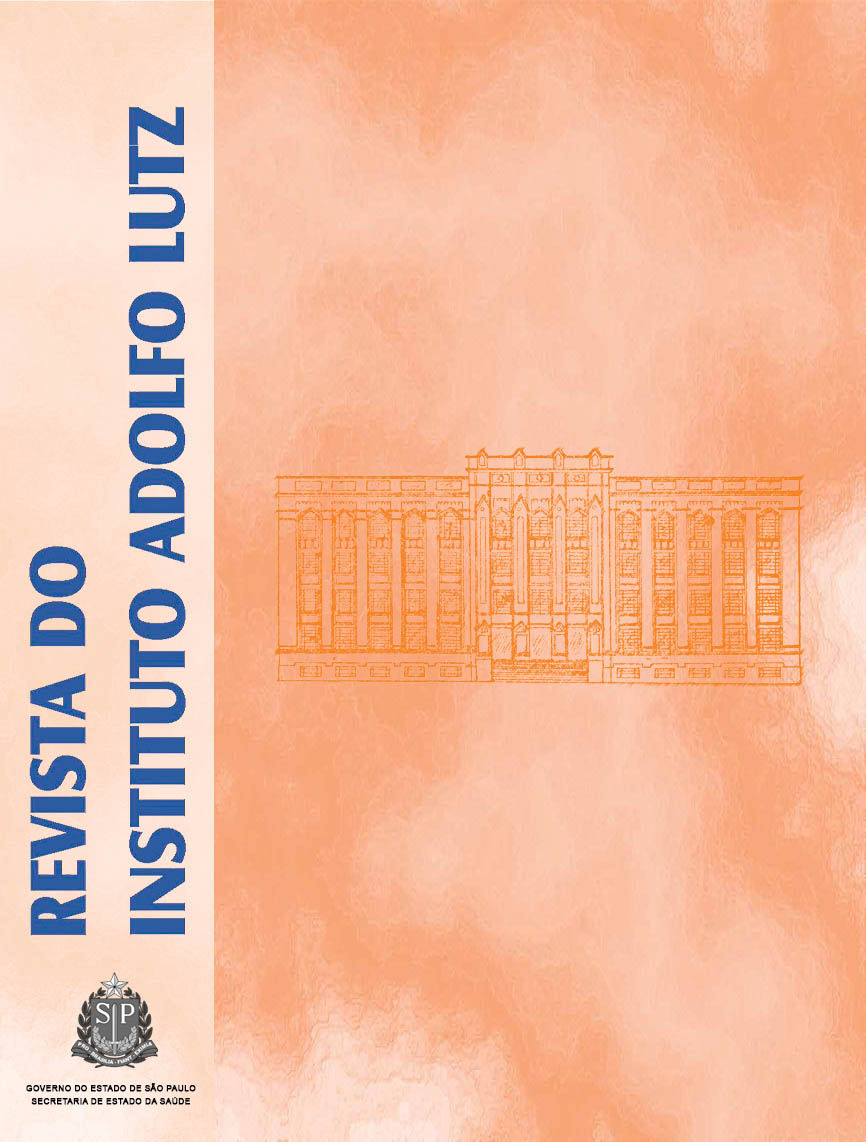Abstract
The present study describes a food-borne intoxication outbreak occurred in the municipality of Birigüi,São Paulo in 1998, which involved approximately 1,800 people, and among them nearly 1,200 wereschool age-children. These individuals had consumed the scholar meal, served at public schools of thatcity. This meal was constituted by the following foods: rice, beans and farofa. Farofa is made of corn orcassava flours toasted in butter or oil; and that one at issue was mixed with, canned peas, canned corngrain, Toscana sausage, and mortadela (large Italian sausage). Positive-coagulase enterotoxin-A producerStaphylococcus was isolated from farofa , and the bacterial populations was at >8,5 x 107 CFU/g. Thisfinding indicated that farofa was the source of food-borne staphylococcal intoxication.
References
1. Bergdoll MS. Staphylococcus aureus. In: Doyle M P (Ed). Foodborne Bacterial products. Marcel Dekker, Inc., New York, NY,USA, 1989; 463-523.
2. Lancette GA, Tatini SR. Staphylococcus aureus. In: Vanderzant C,Splittstoesser DF. (Ed.). Compendium of methods for the microbiological examination of foods, 3th ed. Washington, D.C: American Public Health Association, 1992, p. 533-550.
3. Micusan VV, Thibodeau J. Superantigens of microbiol origin. Immunol1993; 5: 3-11.
4. Spiekermann GM, Nagler-Anderson C. Oral administration of the bacterial superantigen staphylococcal enterotoxin B induces activation and cytokineproduction by the T cells in murine gut-associated lymphoid tissue. JImmunol 1998; 161(11): 5825-31.
5. Bergdoll MS, Reiser R. Application of radio – immunoassay for detectionof staphylococcal enterotoxins in foods. J Food Prot 1980; 43: 68-72.
6. Khambaty FM, Bennett, RW, Shah DB. Application of pulsed field gelelectrophoresis to the epidemiological characterization of Staphylococcus intermedius implicated in a food-related outbreak. Epidemiol Infect 1994;113(1): 75-81.
7. Pereira KS, Pereira JL. Estafilococos coagulase negativa: potenciais patôgenos em alimentos. Rev Hig Aliment 2005; 19: 32-4.
8. Sperber WH, Tatini SR. Interpretation of the tube coagulase test for identification of Staphylococcus aureus. Appl Microbiol 1992; 29: 502-5.
9. BRASIL. Ministério da Saúde. Secretaria Nacional de Vigilância Sanitária de Alimentos – DINAL. Padrões microbiológicos para produtos expostos à venda ou de alguma forma destinados ao consumo. Portaria n° 451 de 19de setembro de 1997. Diário Oficial [da] República Federativa do Brasil, DF,Seção 1, 22 set 1997, p.21005-12.
10. Cerqueira MMOP, Souza MR, Fonseca LM, Rodrigues R, Rubinich J. Surto epidêmico de toxinfecção alimentar envolvendo queijo tipo Minas Frescal em Pará de Minas. Arq Bras Med Vet Zootec 1994; 46: 723-8.
11. Nunes IFS, Ferreira GP, Albuquerque WF. Perfil microbiológico dos microorganismos causadores de DTAs em restaurantes self-services na cidade de Teresina – PI. Hig Aliment 2002; 16: 59-62.
12. Carmo LS, Bergdoll MS. Staphylococcal food poisoning in Belo Horizonte(Brazil). Microbiol Rev 1990; 21: 320-3.
13. Carmo LS, Dias RS, Anunciação LLC, Bergdoll MS. Staphylococcal food poisoning in Minas Gerais State, Brazil. Arc Bras Med Vet Zootec 1995;47: 113-22.
14. Asao T, Kumeda Y, Kawai T, Shibata T, Oda H, Haruki K, Nakazawa H,Kozaki S. An extensive outbreak of staphylococcal food poisoning dueto-low fat milk in Japan: estimation of enterotoxin a in the incriminatedmilk and powdered skim milk. Epidemiol Infect 2003; 130: 33-40.
15. Normanno G, Firinu A, Virgilio S, Mula G, Dambrosio A, Poggiu A, DecastelliL, Mioni R, Scuota S, Bolzoni G, Di Giannatale E, Salinetti AP, La SalandraG, Bartoli M, Zuccon F, Pirino T, Sias S, Parisi A, Quaglia NC, Celano GV.Coagulase-positive Staphylococci and Staphylococcus aureus in food products marketed in Italy. Int J Food Microbiol 2005; 98: 73-9.
16. Carmo LS, Dias RS, Linardi VR, Sena MJ, Santos DA. An outbreak ofstaphylococcal food poisoning in the Municipatily of Passos, MG, Brazil. Braz Arch Biol Technol 2003; 46: 581-6.
17. Vanzo SP, Azevedo RVP. Detecção de S. aureus em manipuladores de alimentos: perfil de resistência a antibióticos e quimioterápicos. Hig Aliment2003; 17: 114-23.
18. Ombui JN, Arimi SM, Kayihura M. Beef and dressed chickens as sourcesof enterotoxigenic Staphylococcus aureus in Nairobi. East Afr Med J 1992;69: 606-8.
19. Bergdoll MS. Analytical Methods for staphylococcus aureus. Int J FMicrobiol 1990; 10: 91-9.

This work is licensed under a Creative Commons Attribution 4.0 International License.
Copyright (c) 2006 Instituto Adolfo Lutz Journal
